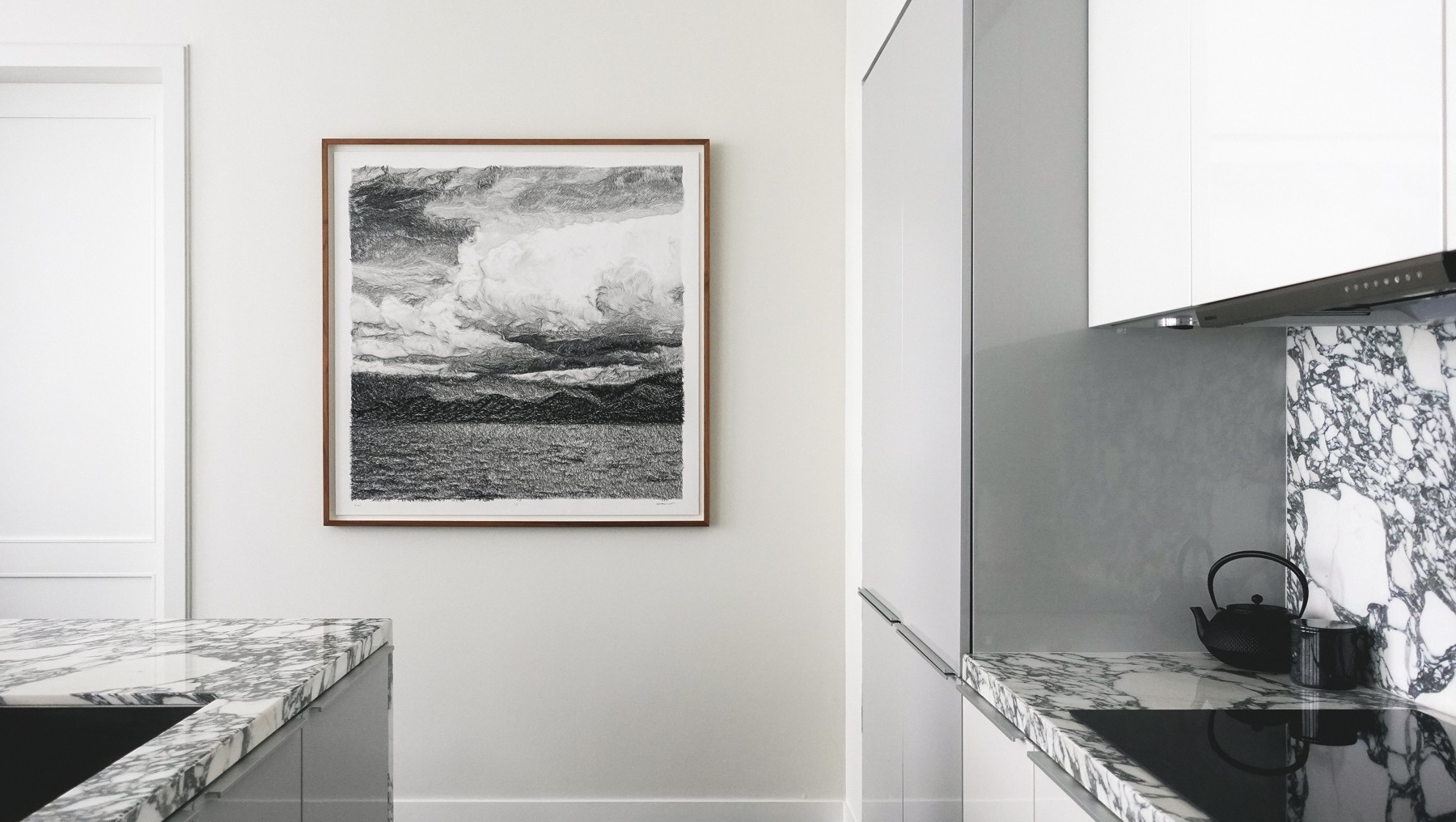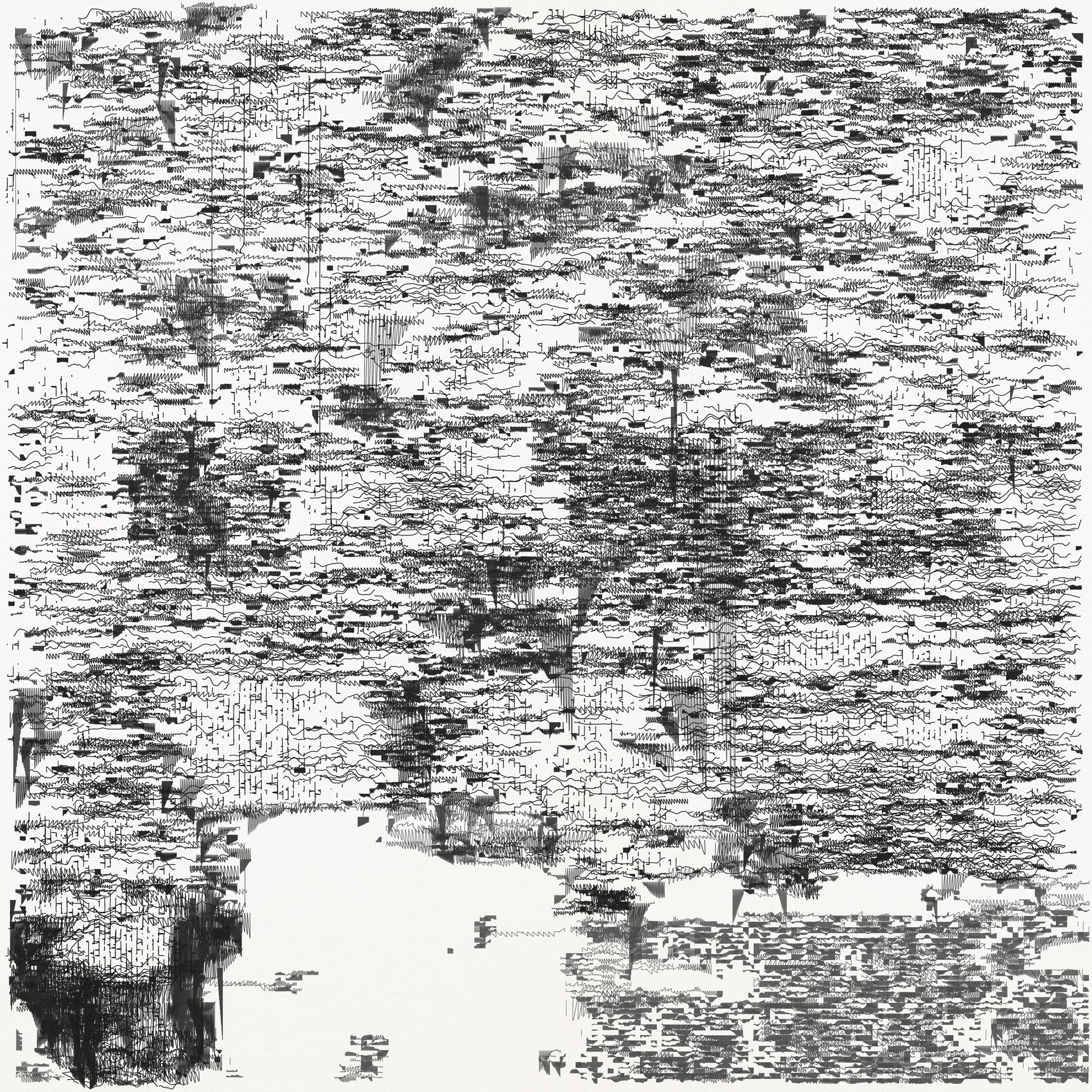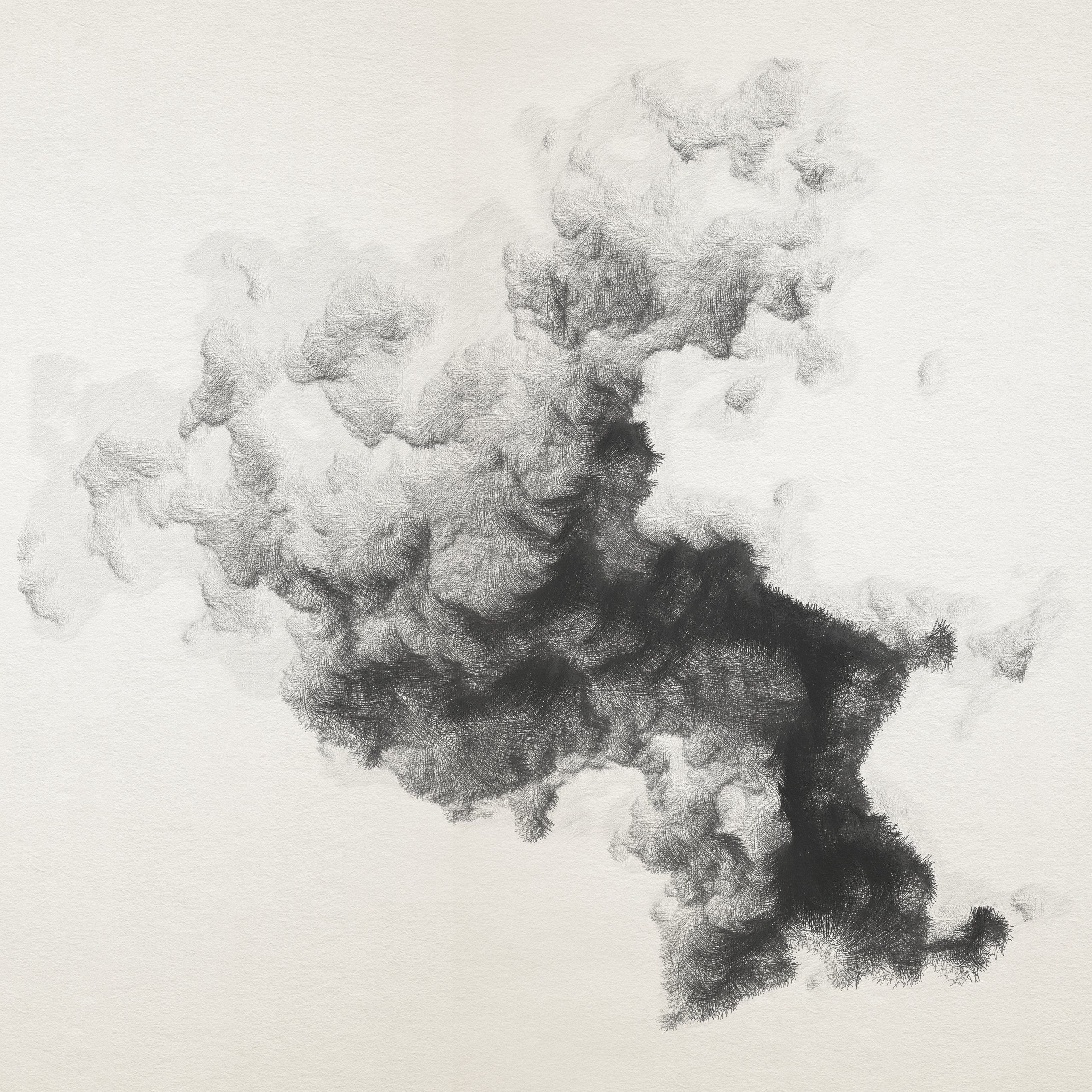



Thought Sketches
สวัสดีครับ เวบไซต์นี้เป็นการรวมบันทึกเกี่ยวกับงานสเก็ตช์, ศิลปะ, และงานออกแบบในชีวิตประจำวัน ที่ผมทำขึ้นมาเพื่อจัดเก็บความคิด รวมถึงการบันทึกการทดลองในประเด็นที่ผมสนใจ ซึ่งก็อาจจะอยู่นอกเหนือจากงานประจำที่บริษัท ขอบคุณที่แวะเข้ามาเยี่ยมชมครับ หวังว่าจะเป็นประโยชน์กับผู้ที่มีความสนใจใกล้เคียงกันบ้างไม่มากก็น้อยครับ
Hi there! Welcome to my journal blog. This is a personal space where I randomly share various aspects of my interests. Here, you'll find sketches from my journals, thoughts on design projects, notes on my working process, and reflections on daily topics that interest me.
This website represents my personal work and thoughts, separate from my practice office work. I'm sharing them simply to document my learning experiences and perhaps connect with others with similar interests. I hope you might find something useful or interesting. Thanks for stopping by.
Saranont Limpananont
Quinary Thue–Morse Grid
The Quinary Thue-Morse Grid explores how simple mathematical rules can generate aesthetically complex patterns. Using a base-5 recursive sequence, each triangle in the grid encodes a number through its orientation. Inspired by Anni Albers, the piece allows viewers to shift between numeric logic and abstract pattern.Continue reading→
Tension Fields
A generative art series exploring the quiet tension between structure and softness. Tension Fields begins with a strict grid and introduces subtle distortions using custom code, creating surfaces that bend, fold, and shift, forming a phase between the familiar and the unfamiliar.Continue reading→
Chromatic Fields 02
An interactive mathematical visualization tool for creating geometric patterns on a grid. Simply adjust the number of rows and columns, colors, tweak distortion and bias, and explore a variety of angle‑based noise modes to generate endless variations.Continue reading→
Chromatic Fields 01
A series of visual experiments using binary colors within a grid system. Each composition evolves in size and spacing according to a set of rules, generating rhythm, movement, and depth. High contrast and gradual shifts in patterns combine to create the Chromatic Fields visual experience.Continue reading→
Interspace Geometry
A visual experiment that explores the relationship between positive and negative space through generative geometry. This interactive grid lets you play with shape, scale, distortion, and rotation to discover endless visual compositions—all from one simple set of rules.Continue reading→
Happy Snake Year
A mini-game inspired by classic Snake and Blockade-style archetypes serves as an interactive New Year’s card for the Year of the Snake. Through its engaging gameplay mechanics, players can enjoy the game while creating their own geometric compositions.Continue reading→
The Game of Life
Inspired by John Conway's Game of Life, the Life Creation Model is a cellular automaton that demonstrates how simple rules can generate complex patterns. By introducing an "Elder" system, the project adds depth and resilience to evolving cell behaviors.Continue reading→
Triangular Hexagon Grids
A project exploring the use of triangular hexagon grids to experiment with visual design through color constraints and mathematical rules.Continue reading→
Symmetry Cycloid Patterns
This experiment explores Epicycloids and Hypocycloids, inspired by traditional folk art and natural shapes. With adjustable settings for repetitions, speed, and circle sizes, it introduces a more organic, human touch to the geometry.Continue reading→
Different Ways to Draw the Same Structure Using Isomorphism
The exploration of using isomorphism as a form of aesthetic expression focuses on how human unpredictability interacts with mathematical principles. While the shapes of the graphs can be freely reorganized manually, their underlying structure remains consistent.Continue reading→
Magic Squares: The Siamese Method
An interactive math visualization tool demonstrates magic squares (จัตุรัสกล)—grids where the sum of the numbers in each row, column, and diagonal is equal. It features the Siamese Method, documented by Simon de la Loubère in 1688 and published "A New Historical Relation of the Kingdom of Siam" in 1693.Continue reading→
Geometric Interactions: Simulating Public Space Behaviors with Steering Principles
By applying the principles of Steering Behaviors, the visual compositions simulate dynamics—wandering, following, queuing, and socializing—through geometric shapes, offering an aesthetic exploration of social behavior in public spaces.Continue reading→
Fourier Synthesis Visualization and Sound
A prototype for studying the use of Fourier analysis to visualize waveforms. Using p5.js and the Web Audio API, it combines mathematical concepts with sound waves, making abstract ideas more concrete and understandable.Continue reading→
Sound, Sync, Shade
Integrating real-time audio synthesis with visual feedback using p5.js and the Web Audio API. This interactive synthesizer combines waveform modulation and dynamic color transitions, enabling the exploration of different audio frequencies and visual effects.Continue reading→
Sawtooth Lissajous Curve
This project combines simple mathematical functions to generate complex sawtooth Lissajous curves, explained here through dynamic Processing visualizations that allow interaction with various frequencies and scales.Continue reading→
Drawing Rough Lines
Creating textured, organic lines in Processing uses parameters like displacement, noise, and recursion depth. This experimental technique blends mathematical concepts with randomness to produce rough textures, adding a human element to digital drawings.Continue reading→
Luminance Sorter Palette
A custom color palette sorts hues by luminance for easier selection in art and design projects. Developed in p5.js, users can input preferred colors and see them arranged from lowest to highest luminance.Continue reading→
MIDI Interface for Processing Project
A code that uses a MIDI interface to control visual elements in Processing via the MidiBus library, mapping inputs like knobs and sliders for intuitive, real-time interaction with digital art.Continue reading→
A Composition of Broken Pixels
This project deconstructs data into artistic compositions by arranging lines, colors, and shapes in unconventional ways, highlighting data's potential as a medium for visual expression.Continue reading→
Pattern: What Is the Natural?
Patterns are created by adjusting the frequency and size of Lissajous curves. It integrates learning geometry concepts with creating visually engaging sketches.Continue reading→
Squares, Circles, and Triangles
The relationship among squares, triangles, and circles evolves as particles interact, with line thickness and intensity changing based on distance. This dynamic interaction creates natural and aesthetic compositions of geometric forms.Continue reading→
Simplicity by Limitation
By focusing on algorithmic efficiency and maintaining simple designs, this project uses fewer lines in compositions to accommodate an older computer's limitations. This allows the addition of detailed complexity without overburdening the system.Continue reading→
Dysgraphia Generative Drawing
Using curved lines and unsmooth curves, the sketches capture the aesthetic of dysgraphia, transforming the struggle with handwriting into a form of art therapy.Continue reading→
Reconnecting with Landscape
During home isolation, this project served as a therapeutic exercise, emphasizing nature's importance in emotional well-being.Continue reading→
Summer Vibes
Exploring the vibrant atmosphere of summer, this series of sketches uses lighting techniques inspired by the Hague School movement. This approach captures the summer vibes without traditional landscape elements.Continue reading→
Weekday Experiment
This nighttime art therapy experiment involved using Bézier curve techniques to create lifelike portraits of elderly individuals. The curves captured wrinkles and signs of aging, resulting in realistic and compelling portraits showcasing human aging.Continue reading→
Experiment with Lines and Colors 02
Influenced by folk art and everyday materials, this project uses Perlin noise and the lerpColor() function to create sketches that connect colors with lines. This exercise explores the therapeutic benefits of art, combining local and digital resources to generate aesthetically pleasing results.Continue reading→
Experiment with Lines and Colors 01
Experimenting with lines and colors to create a new visual language, these exercises allowed revisiting basic equations of lines and color theory. Continue reading→




























